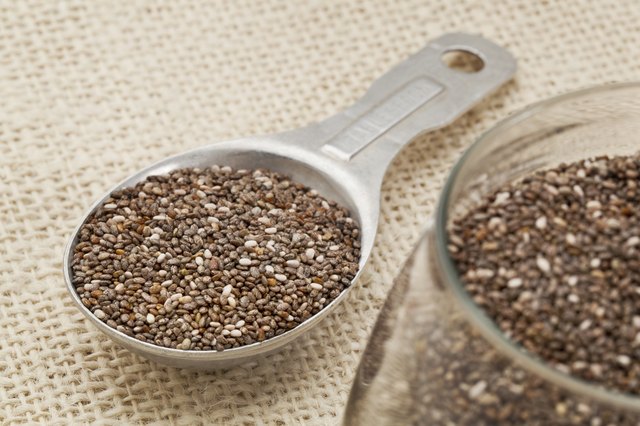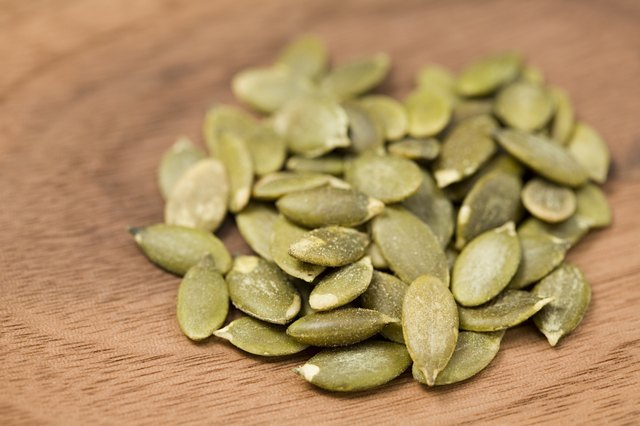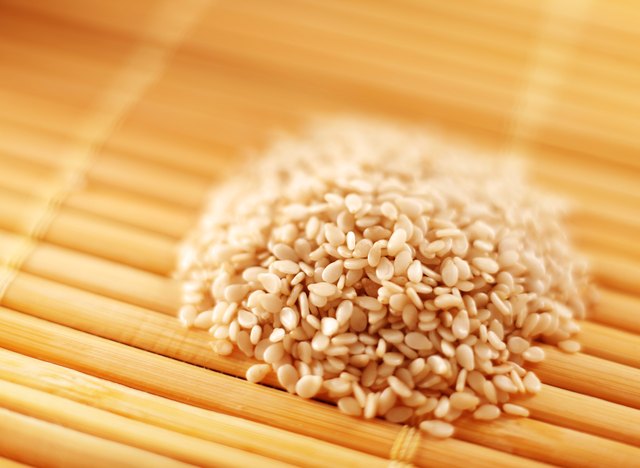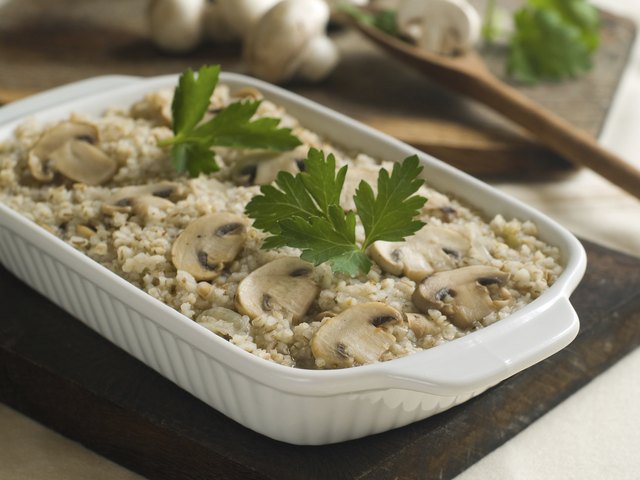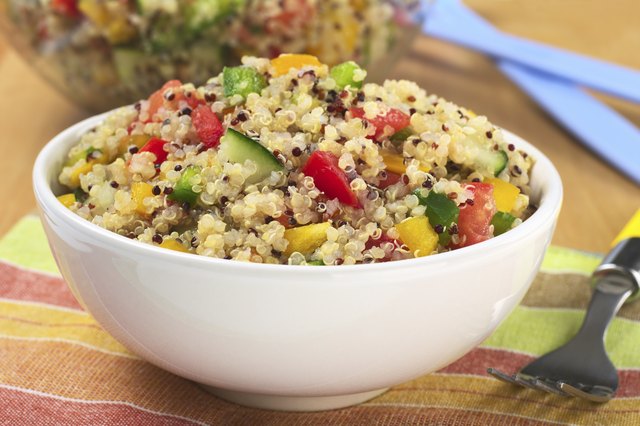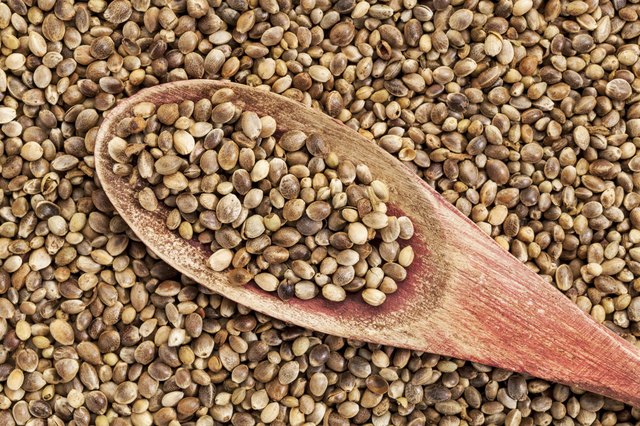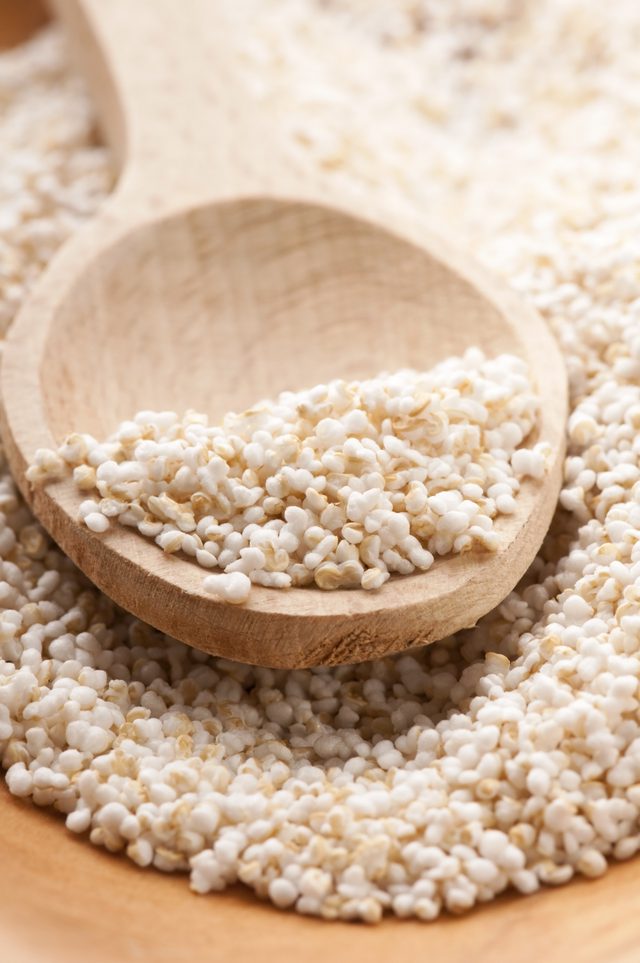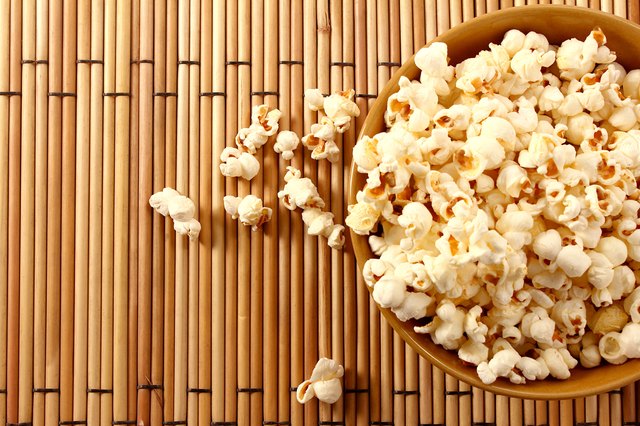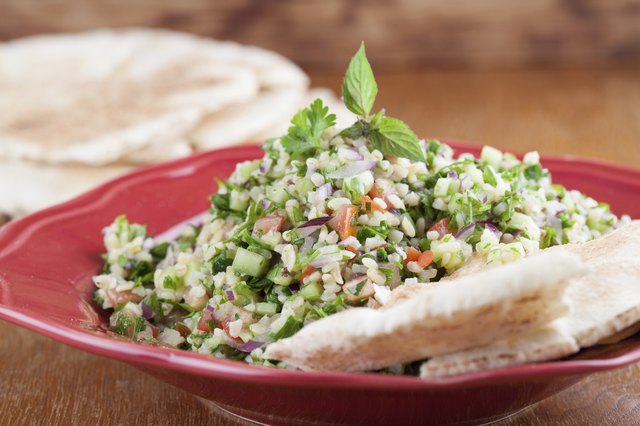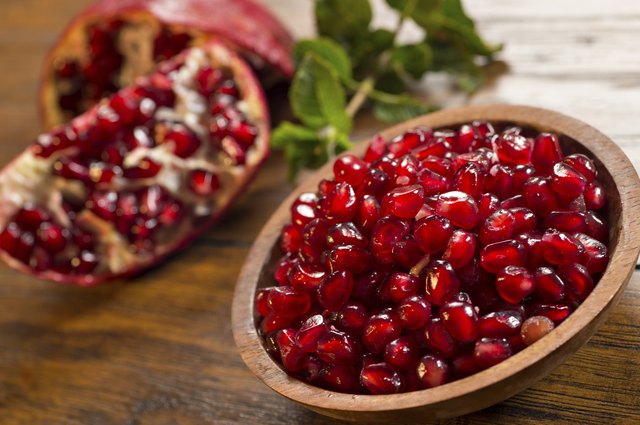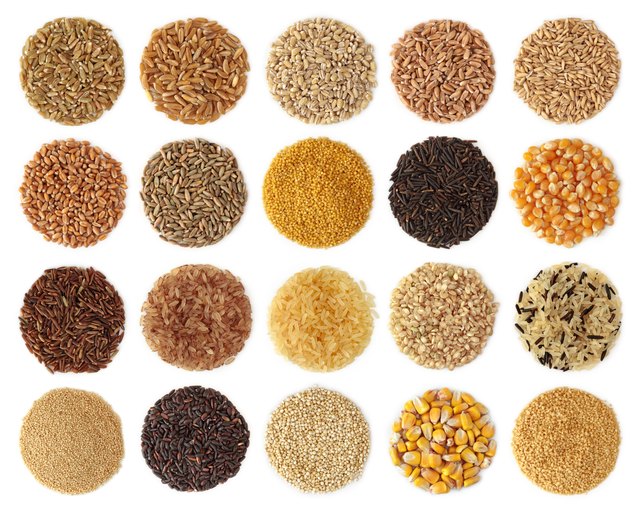When it comes to a healthy diet, fruits and vegetables may be the focus, but grains and seeds are the main sources of complex carbohydrates, proteins, healthy fats and many essential micronutrients. According to the 2010 U.S. dietary guidelines, you should eat two ounces of nuts and seeds a day, at least three whole grains (a 2000 calorie diet). Read on to the 13 most nutritious grains and seeds.
Credits: pixland / pixland / Getty Images correlation: blueberry and oatmeal 3-minute microwave muffin correlation: 17 reasons why you may need more omega-3 in your diet. Farrow you may not realize this: Farrow replaced rice with more protein and fiber to make it more nutritious. " "You should be familiar with this little-known grain," said Tamara Duke froman, a registered nutritionist in New York City. This ancient wheat ancestor looked like brown rice, but it was a very good source of fiber and protein. " A cup of boiled nut flavored Farrow bread contains 7g of fiber, 6G of protein and precious iron and magnesium. Like other grains, you can boil raw grains in water until they absorb the liquid, which takes 30-40 minutes. Whole Farrow adds nutrition, flavor and texture to the soup, and the ground Farrow can replace other flour in the whole grain bakery formula. correlation: egg and farobinbap formula if you rely on plant sources to meet your needs for omega-3 fatty acids, then Chia seeds are a necessity in your diet. According to the U.S. Department of agriculture, an ounce (about 2 tablespoons of small seeds) can provide nearly 5 grams of protein and 10 grams of fiber. " Tamara Duke froman, a registered nutritionist, said: "unlike flaxseed, flaxseed needs to be ground to release its internal nutrients. The nutrients in flaxseed are more bioavailable, so the whole flaxseed can be directly added to oatmeal, yogurt, liquid and other foods, such as smoothies and baked goods. "They also provide valuable iron and calcium. related: Chia seeds and 15 other strange and popular super foods. Credit: marekuliasz / iStock / Getty Images if you like salty snacks, you may want to exchange chips for pumpkin seeds. A quarter cup contains a lot of bone strengthening magnesium, protein, potassium and healthy fat. " "Roasted pumpkin seeds also taste great, and even kids like them," says registered dietician frumann. In order to bake their own seeds, the school of nutrition and nutrition recommends that they should be rinsed clean, remove the string and pulp, spread them on the baking dish coated with non stick cooking spray or olive oil and essential spices, then bake for about 30 minutes, stirring the seeds occasionally. correlation: pumpkin seeds and other 18 healthy snacks in convenience stores points: picture source / Stockbyte / Getty Images correlation: sesame and cholesterol research related: barley and 18 other high fiber foods - some may surprise you. Credit: Viktorija kuprijanova / iStock / Getty Images a kind of seed that tastes like a nutritious whole grain. A cup of boiled quinoa provides 5 grams of fiber and 8 grams of protein - which is also contained in 8 ounces of milk! " "It's one of the best sources of plant-based protein, it tastes nutty and delicious," said Dr. John La puma, author of come on: a 24-day diet designed to lose weight, boost testosterone, improve physical strength and endurance. "Enjoy quinoa by yourself, seasoning it as needed, or mix it with other foods, such as black beans or five beautiesSix color vegetables. correlation: eight new ways to enjoy quinoa correlation: marijuana and 15 other strange and popular super foods. Amaranth is a kind of gluten free cereal seed. It is extracted from amaranth. It grows tall in Central America and can produce colorful flowers. Like quinoa, amaranth is considered a fake grain, a nutrient similar to the whole grain seed. "This year I planted amaranth to do the experiment," said labauma. Amaranth is a kind of seed with high protein, high fiber and high health fat. I like to explode like popcorn. "The Puma also likes its natural gluten free nature, which makes it the first choice for people with celiac disease. A cup of cooked amaranth can provide about 5g fiber, 9g protein, 4G healthy fat and valuable calcium and magnesium. correlation: quinoa and amaranth breakfast. Popcorn if your taste buds want crispy or salty snacks, popcorn may be your best friend for healthy snacks. When natural butter (minus butter) is eaten, its calories are very low, but it is rich in nutrients, including polyphenols, which are the common antioxidants in fruits and vegetables. In fact, the largest concentration of these antioxidants is in the shell (the part of the tooth that gets stuck). New York registered dietician joy Bauer wrote on today that your most nutritious choice is "naked" popcorn, which can be made with popcorn or in a sealed paper bag in a microwave oven. A 3-Cup service provides nearly 3 grams of protein and about 3.5 grams of fiber. related: popcorn and 18 other high fiber foods - some may surprise you. Bulgarian wheat, a traditional whole grain in the Middle East, sometimes called broken wheat, can reduce the risk of heart disease, stroke and diabetes. Puffing is made of steamed, crushed wheat berries or grains. One of its benefits, according to eatright, Ontario, is that because Bulgaria is partially cooked, it only needs to be hydrated before consumption. Unlike whole grain rice, which takes more than an hour to prepare, Bulgarian rice can be ready in 30 minutes. A cup provides 8 grams of fiber and almost 6 grams of protein, as well as manganese and B vitamins. Bulgarian food can be mixed with chopped vegetables as salads after being refrigerated. It can also be eaten hot with rice or pasta in a balanced diet. related: Bulgarian and 18 other high fiber foods – some of which may surprise you. Pomegranate seed is an antioxidant rich, sweet and crisp ornament. Pomegranate seed, also known as aril, has the same sweet nutrients as fruit taste. "Those who lack the crunch in their diet will like pomegranate seeds," said labiao, "especially as a side dish for salads, on hot or cold cereal, or stirred into Greek or high protein yoghurt. When someone tries to lose weight and maintain it, they often lack the creak and texture. "Half a cup of pomegranate seeds and their juicy appearance provide 3.5G of fiber and valuable potassium, vitamin C and other antioxidants. strong> correlation: pomegranate and four other tough fruits and how to eat them related: visit Livestrong's food and recipe community for more tips 1. Oats fill you up. In a 2013 study published in the Journal of the American College of nutrition, 48 healthy adults ate oatmeal or instant cold cereal for breakfast on different days, with milk having the same caloric value. The researchers found that oatmeal provides more satiety and appetite control than cold cereal. Whether you like old-fashioned, instant or steel cut oats, they are quite similar in terms of nutrition, providing 4 grams of fiber, 5 grams of protein or even iron per meal. Add protein, fiber and antioxidants, add milk and fresh berries or bananas and walnuts to top oats.
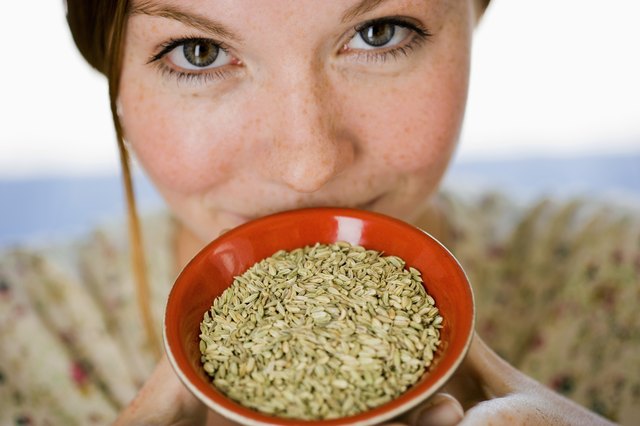
4. Chia
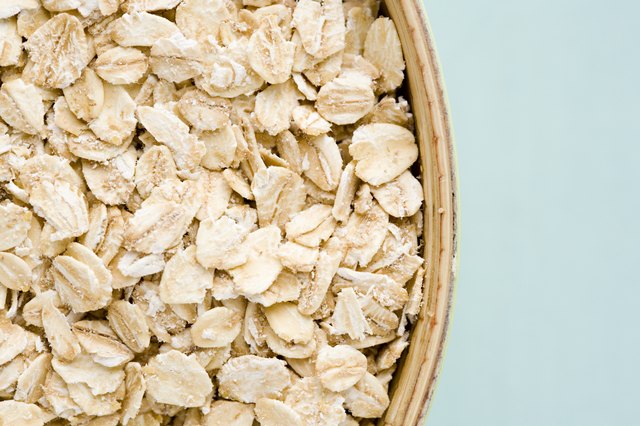
5. Pumpkin seeds
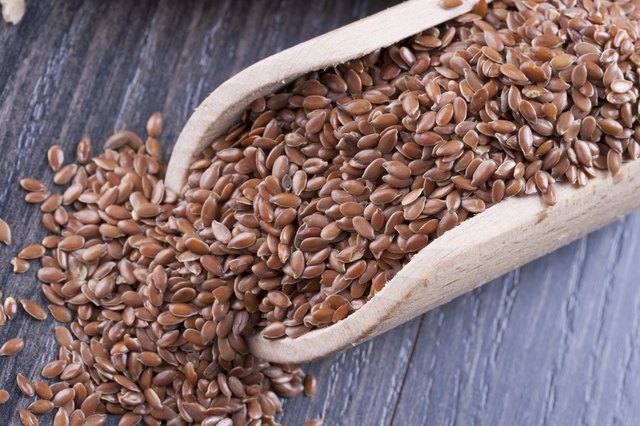
6. In a 2005 study published in nutrition research, adults were asked to eat about 1.5 ounces of roasted sesame a day for four weeks. By the end of the month, participants' LDL cholesterol levels had fallen by an average of 6.5%. When they returned to their normal diet without daily sesame seeds, their cholesterol levels returned to the starting point. Sesamin and sesamol are two unique plant compounds found in sesame, which have been shown to help lower cholesterol levels. In addition, sesame provides nearly 5 grams of fiber and protein per ounce, as well as valuable healthy fats, iron and calcium.
7. Barley, like any high fiber food, helps the digestive system. Dr. Nicholas perricon, a dermatologist and researcher at the American Academy of nutrition, thinks barley is a neglected and versatile super food. It makes a delicious br he wrote on oprah.com: superb cereal and ingredients in soups and stews. You can also make Italian rice with barley instead of rice. A cup of cooked barley provides about 3.5G of protein and 6G of fiber, as well as a lot of iron, potassium and copper. Buy Dried barley at the place where rice and dried beans are sold, or as thin slices, which can be boiled in water and eaten like oatmeal.
8. Quinoa
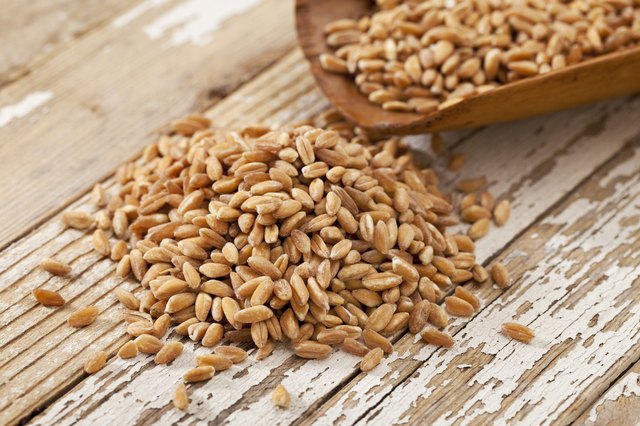
9. Marijuana seeds are making a comeback, perhaps worth much hype. These small seeds are rich in iron, magnesium, zinc and omega-3 fatty acids, providing 9 grams of protein per ounce. In addition, a 2013 animal study recently published in the European Journal of nutrition found that cannabis seeds may help reduce high blood pressure. Add hemp seeds to Cereals, smoothies and baked goods, or sprinkle them on salads and casseroles to enhance nutrition and nut flavor.
